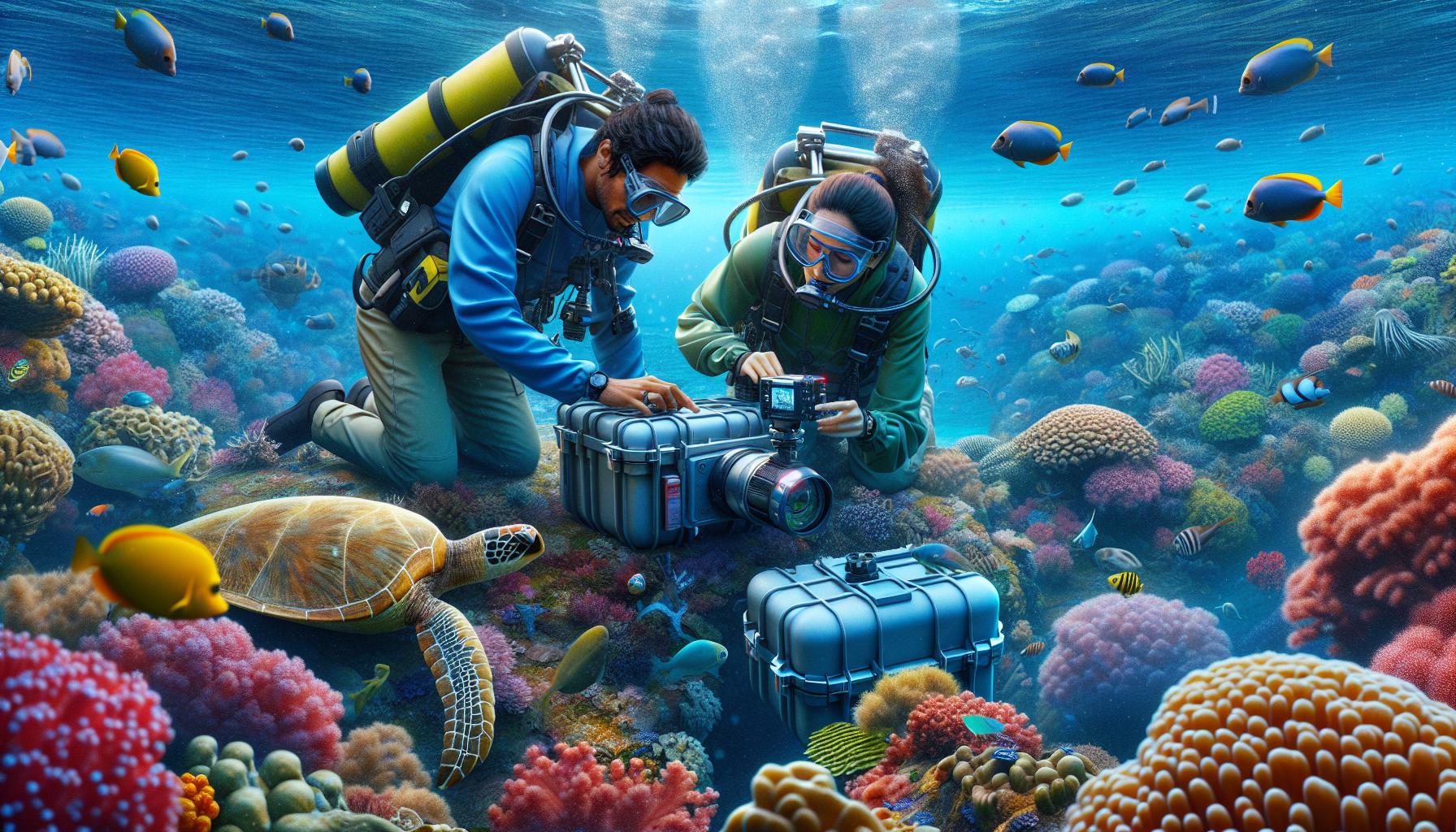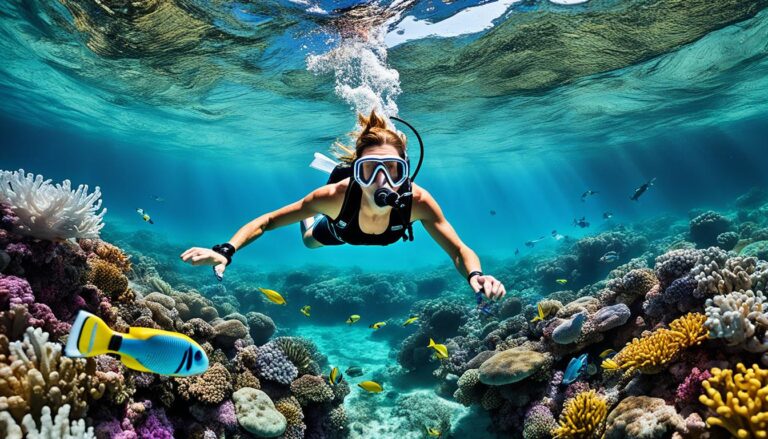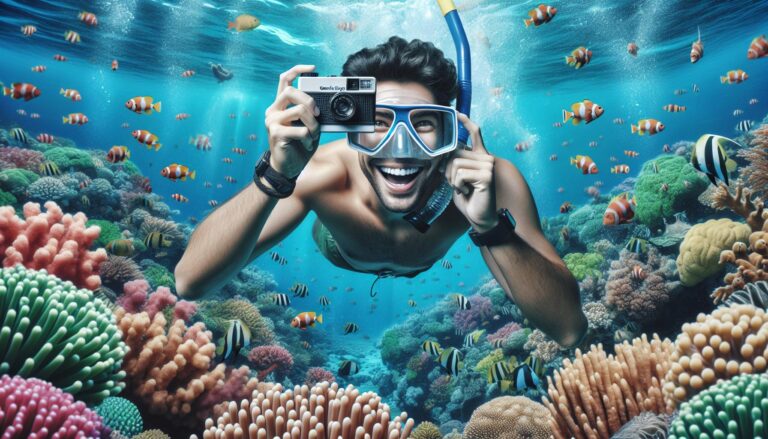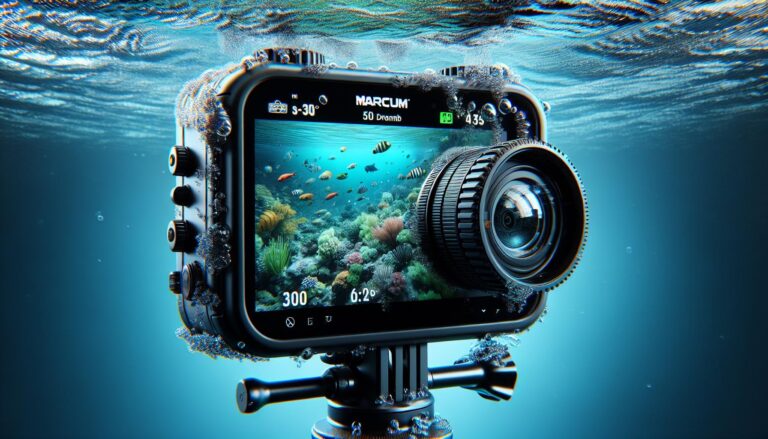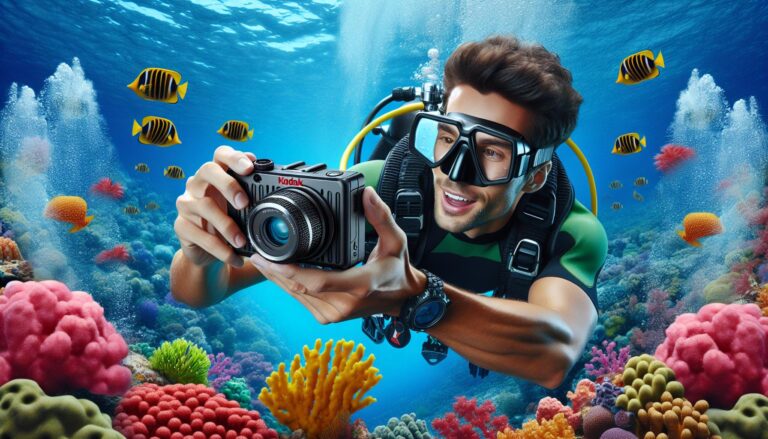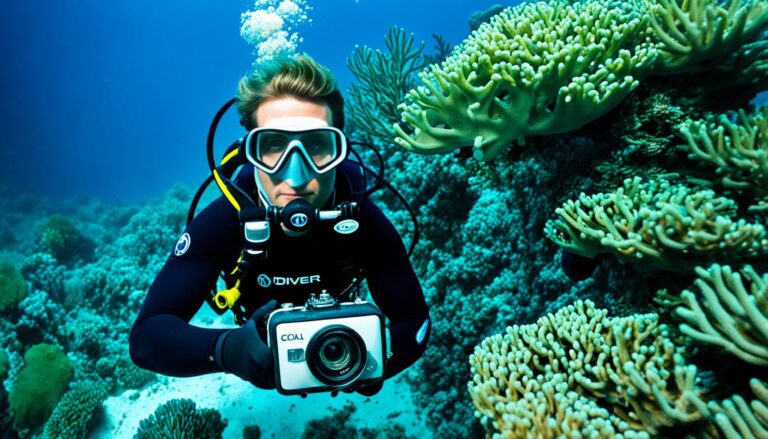Exploring the Deep: The Fascinating World of Underwater Live Cameras
Diving into the mysterious depths of our oceans has always been a thrill for many. But what if you could explore these underwater wonders from the comfort of your own home? With the advent of underwater live cameras, it’s now possible. These innovative devices provide a real-time window into the aquatic world, unveiling its beauty and mysteries.
Understanding Underwater Live Cameras
To delve deeper into the unique realm of underwater live cameras, I’ll provide a comprehensive understanding of what these cameras are and the critical components that make them function effectively underwater.
What is an Underwater Live Camera?
An Underwater Live Camera is a specialized device, designed specifically to capture and stream real-time visuals from within the oceans, lakes, or any other bodies of water. Unlike regular cameras, they come equipped with unique properties to handle the challenging aquatic conditions. For instance, they possess a high level of waterproofing, dealing with extreme pressure at great depths, and they’re also designed to handle low light conditions, common in underwater environments.
Components of an Underwater Live Camera
There are several critical components within an underwater live camera that allow it to function superbly despite the aquatic challenges. These include:
- Waterproof Housing: This is arguably the most critical component, granting the camera protection from water and the capacity to withstand high pressure, especially at great depths.
- Lens: The lens plays a pivotal role in the camera’s operation. It’s usually made from a material that won’t easily corrode or degrade in water and has specific coatings to minimize underwater flares and distortion.
- Sensor: The sensor is responsible for capturing light and converting it into a digital image. In the camera’s case, these are typically more sensitive to compensate for the typically darker underwater environment.
- Lights: Many underwater live cameras possess built-in lights. Given that natural light diminishes rapidly as you go deeper underwater, artificial illumination becomes essential for obtaining clear visuals.
- Battery: Given their remote nature, these cameras have batteries designed for longevity and reliability, often easily rechargeable or replaceable.
Understandably, these components merely scratch the surface. More advanced cameras may also boast features such as built-in GPS modules for location tracking, wi-fi for easy media transfer, and even stabilization systems to provide clear imagery despite water currents.
Choosing the Best Underwater Live Camera
Selecting the perfect underwater live camera involves contemplating several aspects. It’s important to decide what qualities are most essential to you and your particular underwater adventures.
Factors to Consider when Buying an Underwater Live Camera
In buying an underwater live camera, consider elements like image quality, durability, and additional features.
- Image Quality: Not all cameras produce the same level of image clarity. Consider a camera offering high-definition or 4K resolution, such as GoPro’s Hero series.
- Durability: Search for a camera that can withstand marine conditions. Underwater cameras, like those from SeaLife, often come with rugged, waterproof housing and corrosion-resistant lenses.
- Additional Features: Some cameras offer added functionality. For instance, the Olympus Tough TG-Tracker includes GPS, Wi-Fi, and stabilization.
- Battery life: Select a camera with a long-lasting battery, ensuring you can capture the underwater scenery without interruption.
- GoPro: Known for its Hero line, GoPro has excellent waterproof cameras with advanced recording capabilities and robust design.
- SeaLife: SeaLife offers a range of underwater cameras, notably the DC series, recognised for durability and high image quality.
- Olympus: Olympus’s Tough TG series are not just waterproof, but also shockproof and crushproof, making them ideal for extreme underwater explorations.
Uses and Benefits of Underwater Live Cameras
In marketplaces flooded with a variety of cameras, underwater live cameras distinguish themselves with unique benefits and uses. Let’s delve into the benefits first, then explore several scenarios where these impressive cameras excel.
Benefits of Using Underwater Live Cameras
Underwater live cameras offer several distinct advantages for both professional and amateur photographers. Foremost, they capture high-quality, real-time imagery of the underwater world with utmost clarity. This isn’t a feature regular cameras can compete with. By transmitting live footage, these cameras allow an opportunity for immediate analysis and review, aiding in various underwater explorations and studies.
Another noteworthy benefit is their robust build. Made to withstand harsh aquatic conditions, these cameras bear waterproof, corrosion-resistant bodies and lenses. This construction ensures a significantly longer lifespan, even in saltwater environments. For example, brands like GoPro and SeaLife provide cameras reliably sealed up to 200-300 feet, protecting the internal parts from water intrusion.
Furthermore, additional features like GPS and Wi-Fi connectivity render these cameras invaluable. This links directly to safety, assisting researchers and divers to track their locations, hence eliminating the risk of getting lost. Olympus, for instance, offers cameras with integrated GPS that enables geotagging for location tracking.
Different Uses for Underwater Live Cameras
Down the depths, underwater live cameras assist in a multitude of uses. They’re a significant aid in marine life studies, providing live footage of rarely seen deep-sea creatures in their natural habitats. Researchers and scientists employ these cameras to observe, document, and analyze marine biodiversity.
Moreover, these cameras simplify navigation for divers. With live video feed, they anticipate potential hazards, allowing for immediate response – dynamic that regular cameras can’t provide.
The third noteworthy application pertains to underwater archaeological explorations. Archaeologists use this footage from these cameras to identify and study submerged ruins, lost cities, and shipwrecks, revealing secrets of the past.
Lastly, for the thrill-seekers and aquatic sports enthusiasts, underwater live cameras enhance their experiences. From recording mesmerizing visuals during diving, snorkeling, and surfing sessions to capturing live-action during fishing and boating activities – these cameras provide unforgettable aquatic experiences.
In essence, the horizon of underwater live camera use is as vast as the ocean itself. Beyond capturing exceptional visual documentation of the aquatic world, these cameras are vital exploration tools, offering benefits of real-time viewing, durability, and safety.
Setup and Maintenance of an Underwater Live Camera
Moving from the features and utilities of an underwater live camera, exploring the setup and maintenance of such a device is natural. Here, I’ll provide a guide that covers the necessary steps for setting up and maintaining an underwater live camera.
Steps to Setup an Underwater Live Camera
Excitement sets in once you get your underwater live camera. However, correct setup is key to capturing the breathtaking scenes of aquatic life.
- Attach the Camera to Its Housing: The camera slipping out of its casing is catastrophic. Ensure the housing aligns with the camera’s dimensions and firmly fits in the underwater housing.
- Configure the Settings: Depending upon the desired output, adjust the camera settings. For high depth usage, for instance, you may set it to a wide angle for a broad field of view.
- Test the Setup: Before the ultimate dive, a dry test is crucial. It’s best if you carry out a test in shallow waters to fix any glitches.
Tips for Maintaining an Underwater Live Camera
Accurate maintenance of your underwater live camera extends its lifespan. Here, I provide some valuable tips.
- Clean After Every Use: Freshwater is your friend post-dive. Rinse your camera setup, particularly the corrosion-prone parts, to prevent salt damage.
- Inspect Seals and Rings: Maintenance includes consistent checks of o-rings and seals. Lubricate them frequently to avoid leaks.
- Regularly Test: Regular testing lets you spot issues early. For instance, one could check the buttons and functions before each dive.
Following these steps and maintenance tips will maximize your underwater live camera’s effectiveness. They’re not complex but are necessary aspects of using a live underwater camera. Remember, a well-cared for camera brings you those clear, mesmerizing images from the deep. Enjoy the journey into the underwater world with confidence and preparedness.
Case Studies of Underwater Live Camera Use
Underwater live cameras have revolutionized how we observe underwater life and conduct marine research. Here are a couple of notable examples showcasing their utilization.
Case Study 1: Wildlife Observation
In the field of wildlife observation, underwater live cameras play an essential part. They’re optimized tools for studying sea creatures in their natural habitats. For example, marine biologists at the Great Barrier Reef Marine Park used these cameras to monitor the reef’s health over time. The results were eye-opening as they could observe, in real-time, the effects of climate change and human activities on coral reefs. These valuable insights wouldn’t have been possible without the real-time imagery delivered by the cameras.
Case Study 2: Underwater Research
Consider the deep-sea exploration conducted by NOAA’s Okeanos Explorer. This vessel’s underwater live cameras have enabled scientists to discover and study unknown ecosystems, thousands of feet beneath the ocean surface. The cameras’ durability was put to the test as they sustained the intense pressure and chilly temperatures of the deep sea. It allowed researchers to observe seldom-seen marine life, revealing valuable information about our planet’s vast and largely-unexplored underwater realms.
Conclusion
After diving deep into the world of underwater live cameras, it’s clear how they’re revolutionizing our understanding of the ocean. Their real-time imagery capabilities, durability, and role in marine studies are truly unmatched. With proper setup and maintenance, these devices can last for years, capturing breathtaking images from the deep sea. They’re not just for exploration, but also for monitoring the health of our marine ecosystems, as seen in the Great Barrier Reef. They’ve even helped NOAA’s Okeanos Explorer uncover new information about deep-sea life. So, whether you’re a marine biologist, a deep-sea explorer, or just an ocean lover, underwater live cameras can open up a whole new world beneath the waves. Here’s to the future of ocean exploration and the revolutionary role of underwater live cameras in it.

